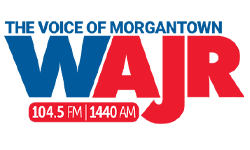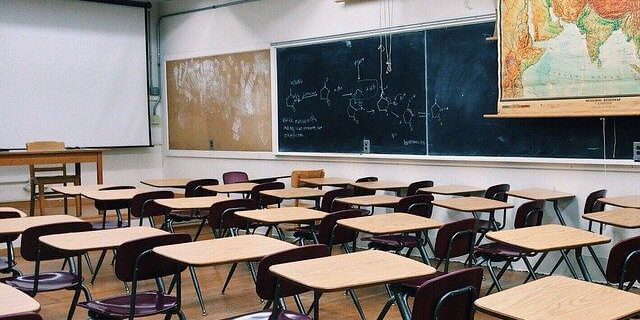ELKINS, W.Va. — The Randolph County Board of Education is making difficult consolidation decisions, and Superintendent Shawn Dilly believes the state funding formula is playing a big part.
The shrinking pool of dollars caused by falling enrollment of nearly 700 students forced the board to agree to close the Harman K-12 and consolidate those students into Jennings Randolph Elementary, Elkins Middle, and Elkins High schools. Additionally, the board approved the closure of North Elementary and the consolidation of those students into Jennings Randolph Elementary. The changes will take effect in the 2026-2027 academic year.
“That’s basically a middle school that we’ve lost,” Dilly said. “And we continue to try to operate, maintain, and support all of the facilities and schools, but the funding formula does not support continuing on that path.”
Randolph County is one of a growing number, including Barbour, Harrison, Preston, Wetzel, Roane, Wood, and Clay, that are facing enrollment-related budget problems.
“In 2022 there were five school closures approved, in 2023 there were nine, in 2024 there were 16, and for 2025 there are 21, and five of those have already been approved by the local boards,” Dilly added up. “So, you can see where the trend is going very quickly.”
The changes in Randolph County will continue based on a funding formula. Dilly calls are basically a “one size fits all” with some exceptions for counties with larger populations. Future closures could include up to five buildings this year and even additional closures in the next two to five years.
“We also know that next year we’re facing a 124-student loss in our funding formula due to our October 1 enrollment count, and that equates to another $1 million hit,” Dilly said.
Despite the tough choices required to keep the district operating within state code, there is hope that it will transform the district to better serve the needs of students and families. Once the budget is stabilized, Dilly hopes to advance a bond initiative to construct a larger, more modern facility that will better serve the community in the future.
“As you can imagine, being stretched so thin with so many school buildings, we’ve had to take away a lot of opportunities and extra things from school locations and just do the bare minimum,” Dilly said.
Among the most recent loss of nearly 700 students in the district, more than 400 are either homeschooling or using the Hope Scholarship. Dilly pointed out the lack of oversight in some of those cases and the additional resources required if those students reenter public education.
“I do not want to harm those families that are doing it appropriately, but they are definitely in the minority,” Dilley said. “We do see some of these students step back into public education three or four years later, and they have hardly even opened a book in that time.”



